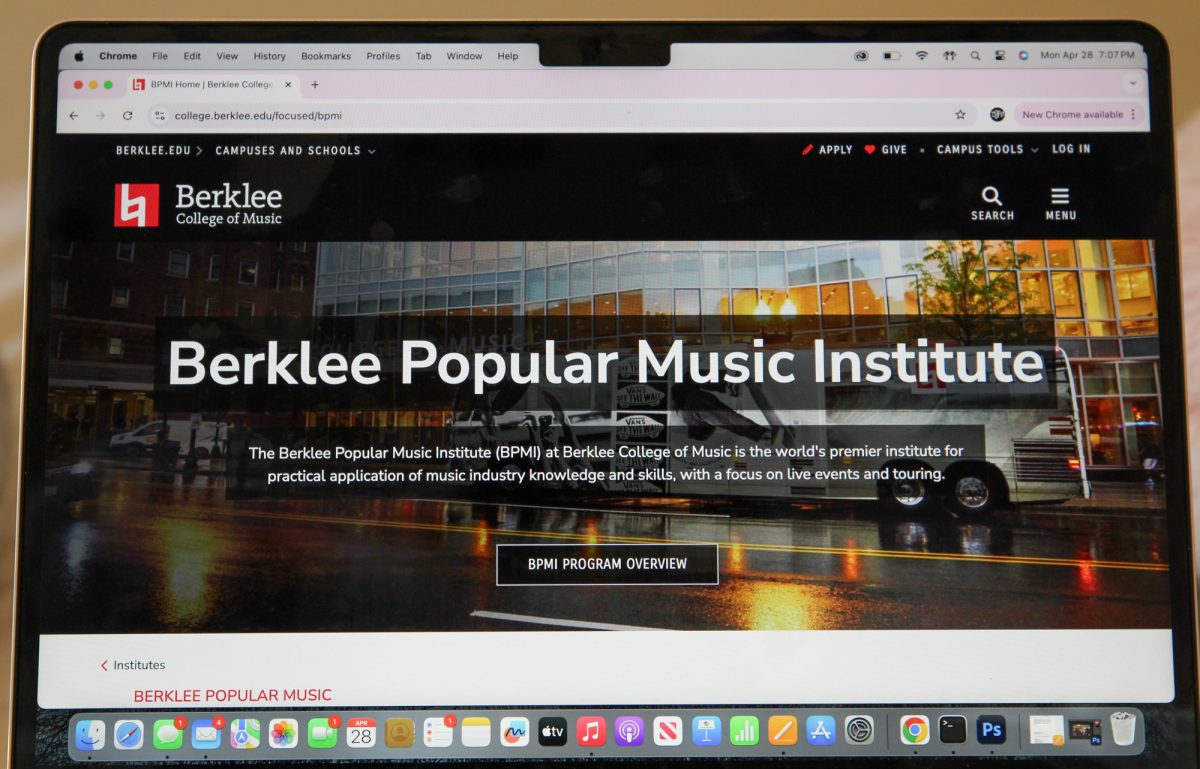Despite progress in minority representation on screen, such as in Disney’s “Raya and the Last Dragon” and Marvel’s “Black Panther,” characters with disabilities remain largely absent in popular culture. But a blacklisted-turned-cult-classic film from the 1930s stands as a complex outlier in the discussion.

Coolidge Corner Theatre held a virtual discussion Thursday about the 1932 film “Freaks,” a horror movie directed by Tod Browning featuring circus performers and general disability representation.
IndieWire TV Editor Kristen Lopez, an entertainment writer with a focus on disability representation in the industry, led the discussion.
She said in Hollywood, “able-bodied screenwriters” are writing in characters with disabilities, but much of the detail and complexity that comes with actually having a disability is lost or misconstrued.
In fact, even though “Freaks” was released almost 90 years ago, it is one of the only films in the United States where the majority of the cast are individuals with disabilities.
Lopez, who is a wheelchair user with brittle bone disease, said she started writing about on-screen disability representation — the good and the bad — later on in her career.
“It was amazing to me to get to see the response that people have,” she said in an interview, “because representation with regards to disability is so limited in media today.”
At the event, Lopez said “Freaks” director Browning had to pitch the film as a horror — as opposed to a more sensitive depiction of the circus performers Browning grew up around — to MGM Studios executives. Though the film does traverse into the horror realm, Lopez said it also showcases individuals with disabilities living their daily lives.
“For about 90 percent of [the film], it’s a relatively straightforward look at the day-to-day lives of these people and the knowledge that they have that somebody is out to scam one of them,” she said. “It’s only in the last couple of minutes that it slams into becoming a horror movie.”
After its initial release, “Freaks” was pulled from the theaters and banned in multiple countries because of the audiences’ horrified responses. At the event, Lopez said the film is now regarded with much more positivity.
“Since then, it has gotten a lot more love, especially for how Browning really sympathizes with his circus performers,” Lopez said. “It’s gotten a lot more appreciation now than it certainly did in 1932.”
Lopez said at the event when it comes to increasing disability representation in film and television, the industry tends to favor performers with disabilities who physically appear able-bodied, such as deaf individuals.
“Audiences, because they’re not used to seeing disabled people that are physically different, non-aesthetically similar to them, there is still a question of … ‘Do I want to see it? How much is too much?’” Lopez said. “There’s not a whole lot of different body types yet on screen.”
She said “Freaks” goes beyond the trope of aesthetically “normal” disabilities, depicting a wide variety of individuals.
Lopez’s seminar is one of many Thursday night events discussing different movies and featuring a variety of speakers held on Zoom.
Wesley Emblidge, the marketing and education manager at Coolidge, said Lopez’s talk also focused on balancing the progressive and offensive elements in the film.
“A lot of what we talked about was how it lands as far as disability representation,” he said, “both the somewhat revolutionary stuff in it and also certainly stuff that is still problematic today.”
Emblidge added that, while “Freaks” is an older work that doesn’t culturally remain acceptable by modern standards, it showcases how disability representation has not progressed as much as other representations.
“You do see, finally, certain actors getting speaking roles and then getting leading roles and then getting more people of color behind the camera and that kind of thing, that’s a pretty clear evolution,” he said, “but disability on film is a lot more clunky and still a challenge today.”
Lopez said despite the lack of progress on camera, the shift to online discussions and film screenings instead of in-person theaters in some cases has allowed for greater accessibility for those with disabilities who struggle in a theater setting.
“The day and date releases that we’ve seen over the last year because of the pandemic have really opened up disabled audiences to being like, ‘Hey, I’m part of this conversation now, I was able to see this movie at the same time as everybody else,’” she said.
As far as on-screen progress, she said though there is work to do, but there is a “grander awareness” of disability representation nowadays. The next step, she said, is actual representation.
“Now we’re at the point where we want movies with disabled characters that are not about disability, where these people are just playing characters,” she said. “We certainly need more disabled writers and directors and disabled people below the line in film and television production.”


























































































































